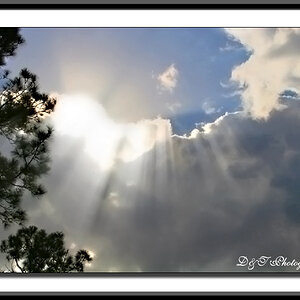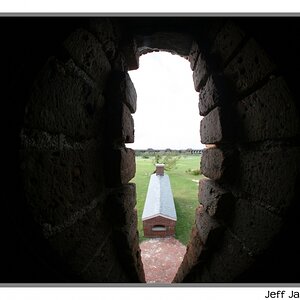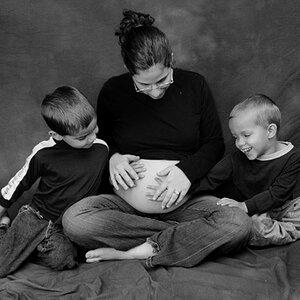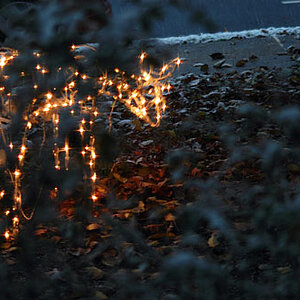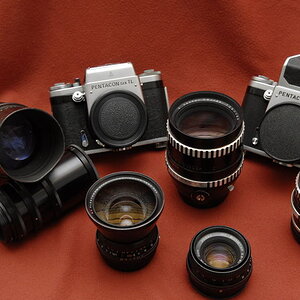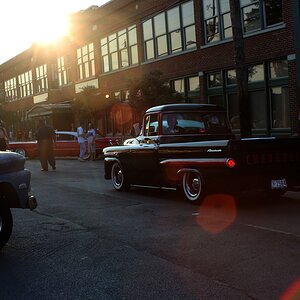bateman
TPF Noob!
- Joined
- Jun 10, 2013
- Messages
- 1
- Reaction score
- 0
- Location
- florida
- Can others edit my Photos
- Photos OK to edit
Faster apertures and longer focal lengths have shallower depth of fields...
So my question is, Which has a shallower depth of field? A 35mm F/1.4 or a 50mm F/1.8.
Thanks,
Brandon
So my question is, Which has a shallower depth of field? A 35mm F/1.4 or a 50mm F/1.8.
Thanks,
Brandon





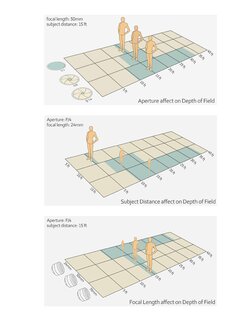
![[No title]](/data/xfmg/thumbnail/31/31036-0a0c3867fff22fb2065056d7aeea64ed.jpg?1619734581)
